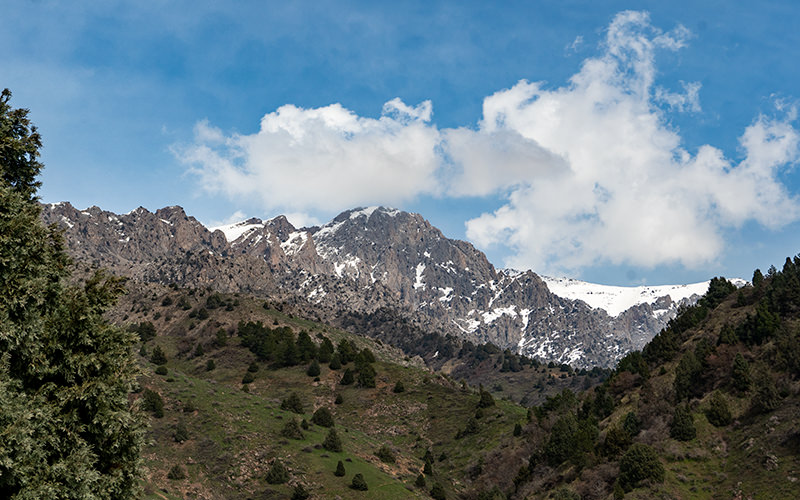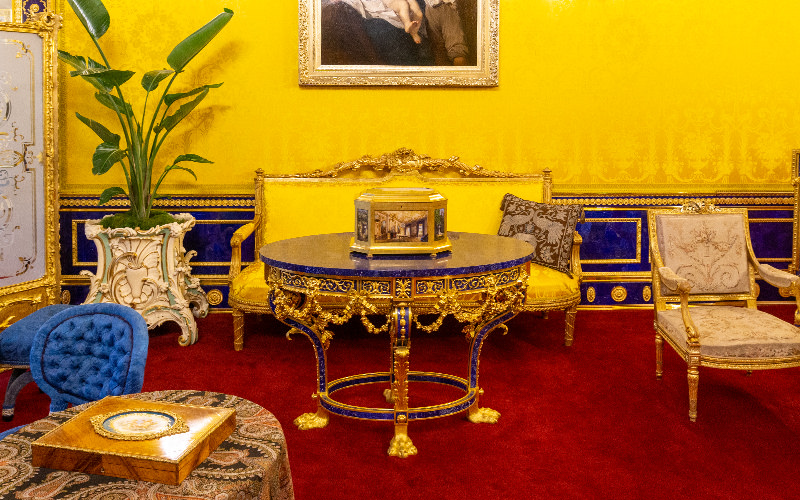In October of this year, I had the chance to make a short trip to Seoul. I spent exactly one week in the South Korean capital, but managed to see many interesting places, stroll around the city, and even go on a hike in the mountains.
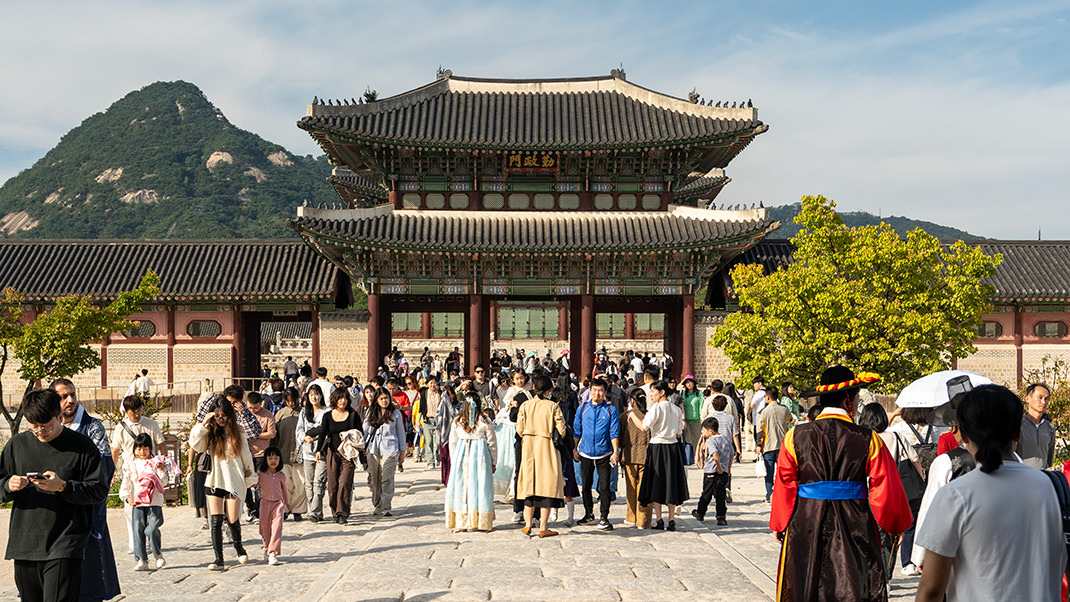
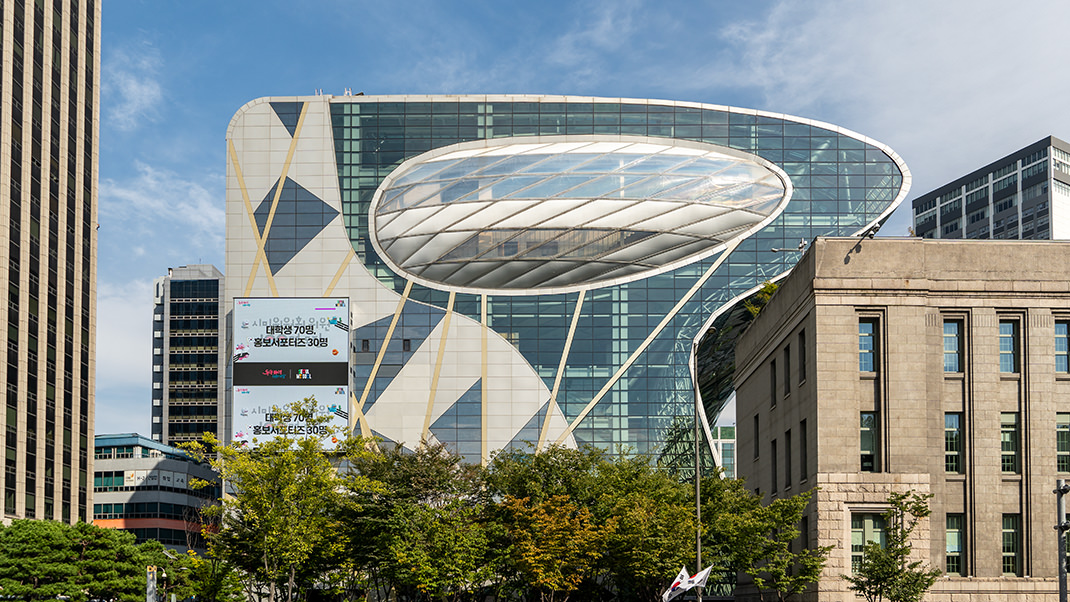
Seoul: Preparing for the Trip
My country has a visa-free regime with the Republic of Korea, so I didn’t need a visa to travel to Seoul. I could stay in the country for up to 60 days without a visa. However, for such a trip, a K-ETA (Korea Electronic Travel Authorization) is required, which is an electronic entry permit.
I obtained the K-ETA in advance, about two and a half months before the trip. The document is processed online on the website https://k-eta.go.kr. The entry permit is valid for three years, but the website mentions that this document does not guarantee entry to the country.
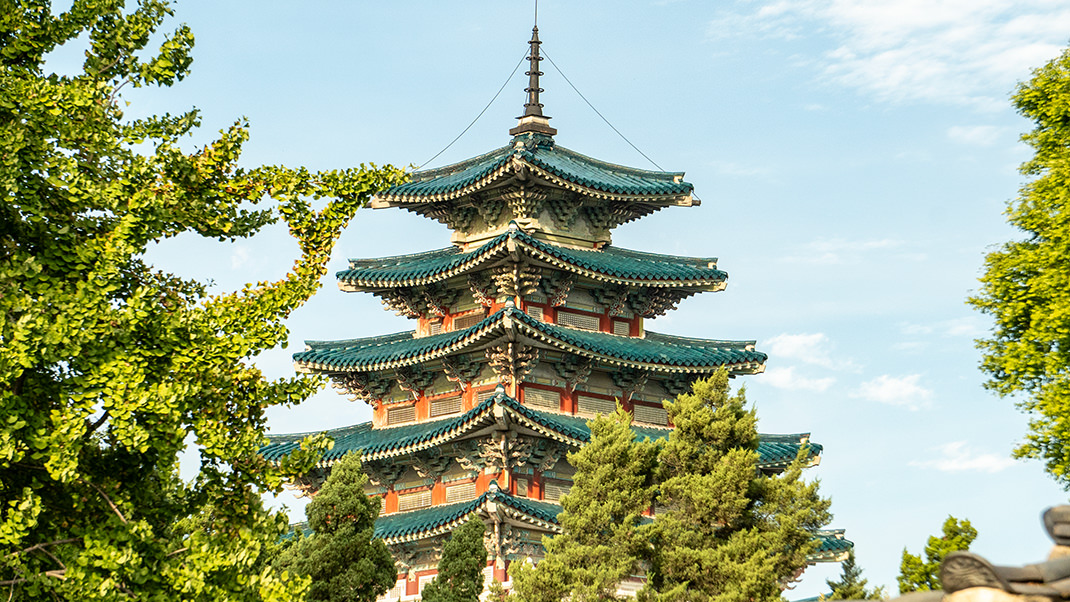
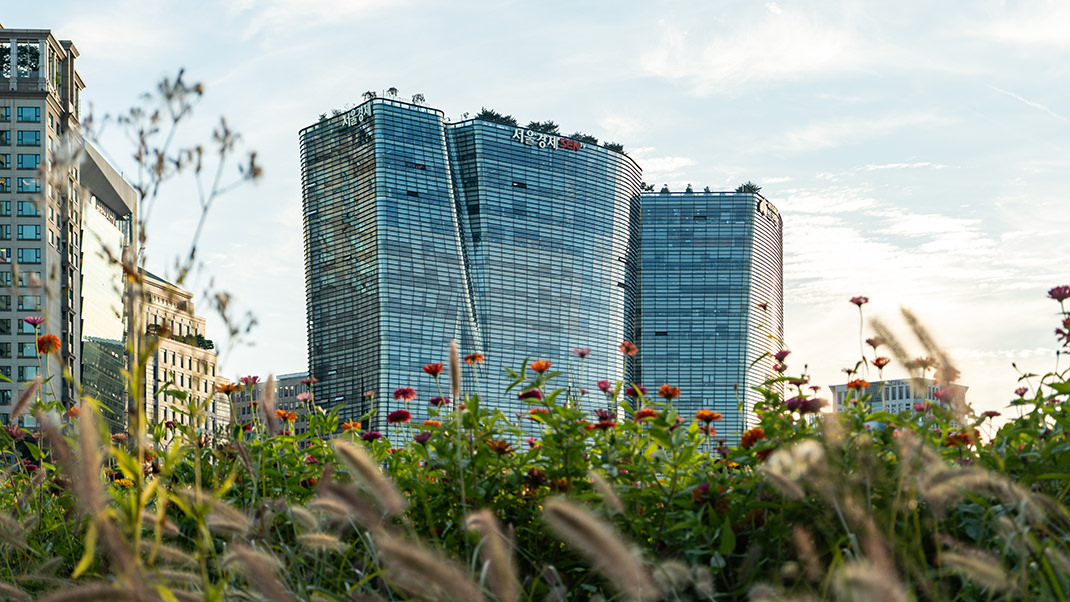
The cost of the K-ETA is 10,000 South Korean won (as of fall 2024), and I received approval about an hour after filling out the form.
As with India, it was indicated at the airport that those with an entry permit or visa don’t need to fill out the immigration card. However, in practice, you will need to present this document at passport control. Immigration cards are usually given out on the plane. It’s better to bring your own pen, as they are not always available at the airports.
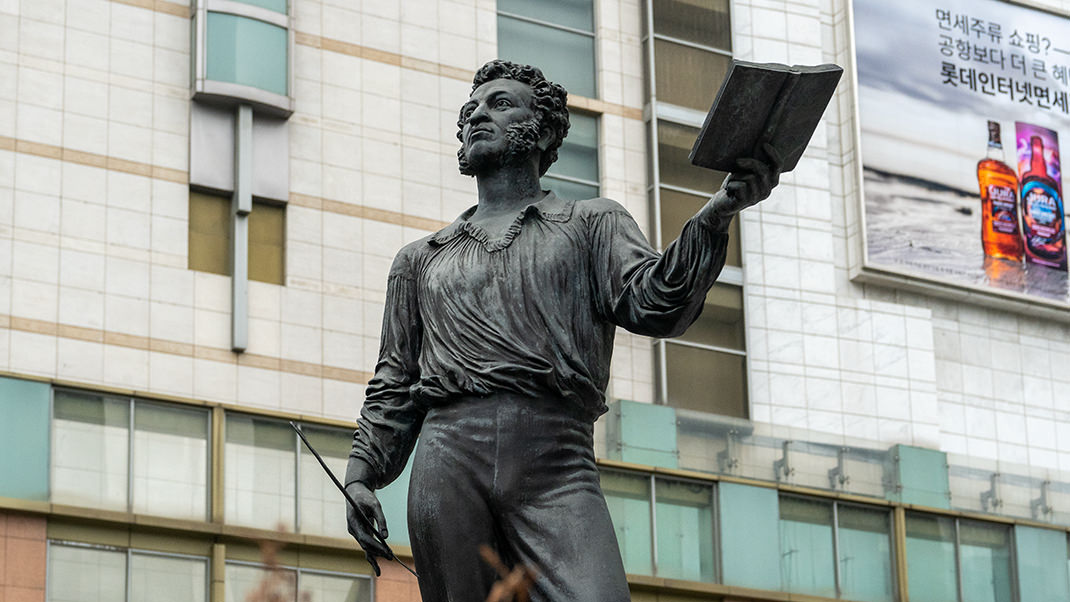
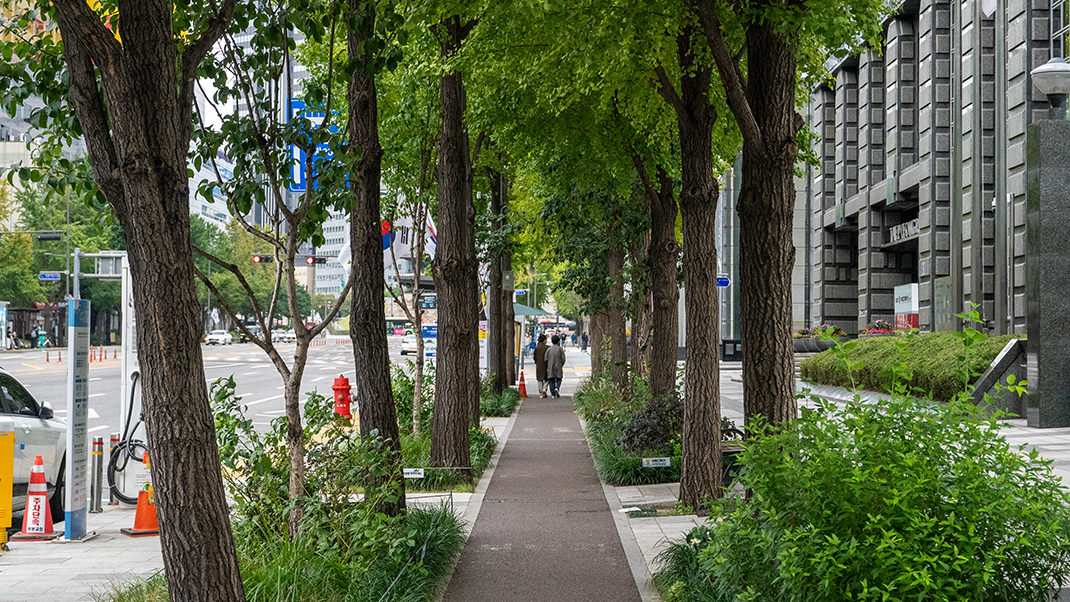
Seoul: How to Get to the City from the Airport
I arrived at Incheon International Airport, which is located 48 kilometers from central Seoul. While preparing for the trip, I found information that you can reach the city by regular subway or express train. In the latter case, tickets can be bought online on a special website, but I wasn’t able to do that because ticket sales close 20 minutes before the train departs, and I arrived at the station almost right before departure. In the end, I had to pay for the ride at a terminal by the platform.
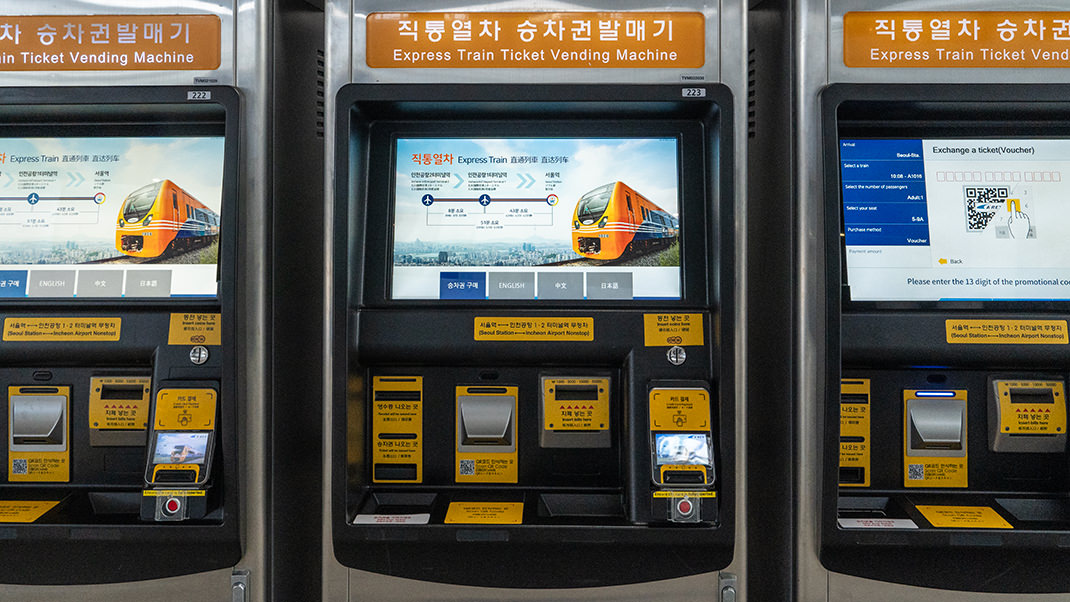
The express train from the airport has several advantages: first, it’s nonstop; second, your seat is assigned; and third, the not-so-obvious bonus — when booking a trip on the website, you can also buy a Tmoney card, which is used for the subway in Seoul.
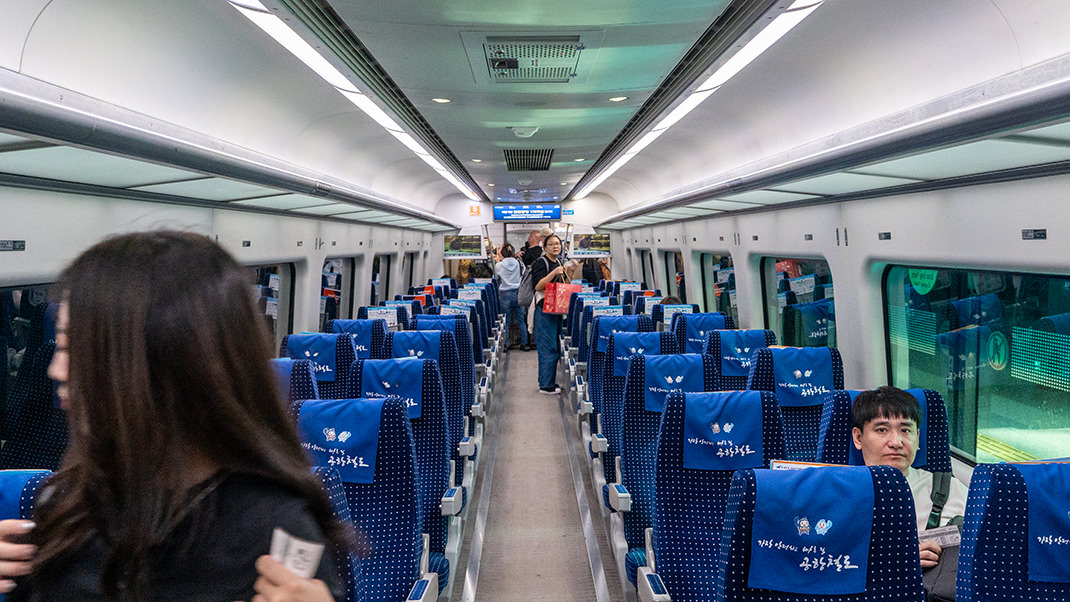
On my return journey, from the city to the airport, I took the regular subway. This takes more time, but these trains also run on a schedule, so you can still plan your trip.
I paid 11,000 won for the express train, while the metro ride from Wangsimni station to Terminal 1 at the airport cost me 4,270 won.
Money and Connectivity
Before the trip, I heard recommendations to bring cash to Seoul, as some places don’t accept credit cards. I traveled with a bank card and had no problems paying or withdrawing money from ATMs. The only place where I really needed cash was the Seoul subway.
Many of my friends ask how expensive it is to travel in Korea. I plan to write a separate article about prices in Seoul, but for now, here are the costs for some items and services I paid for: Ramen in a café — 10,000 won; entrance to Gyeongbokgung Palace — 3,000 won; all-you-can-eat dinner in a café — 25,000 won; three packs of instant ramen in a store — 5,500 won; exhibition at Dongdaemun Design Plaza — 20,000 won.
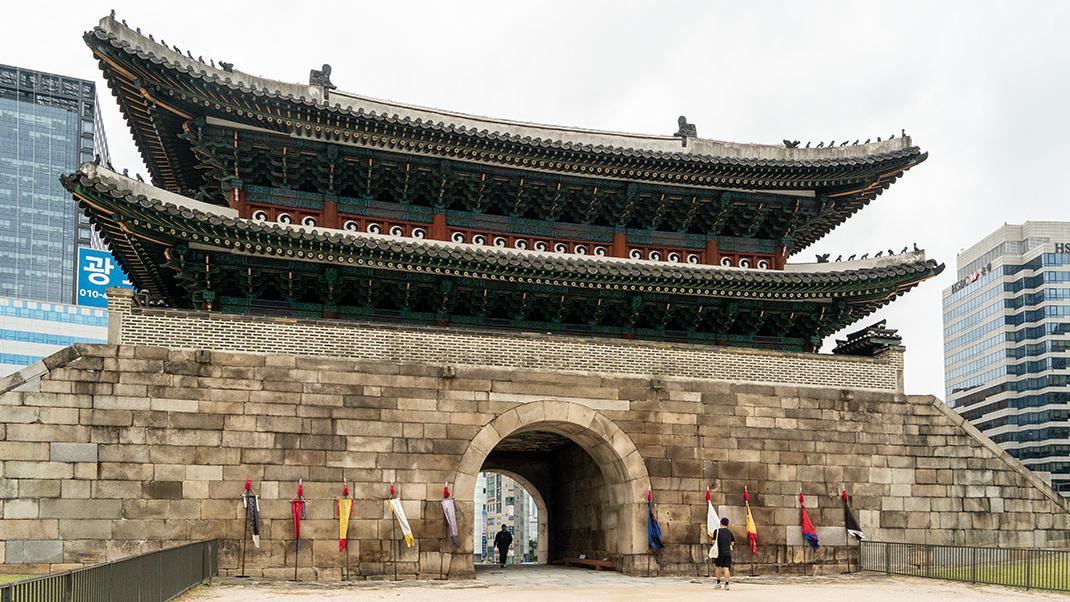
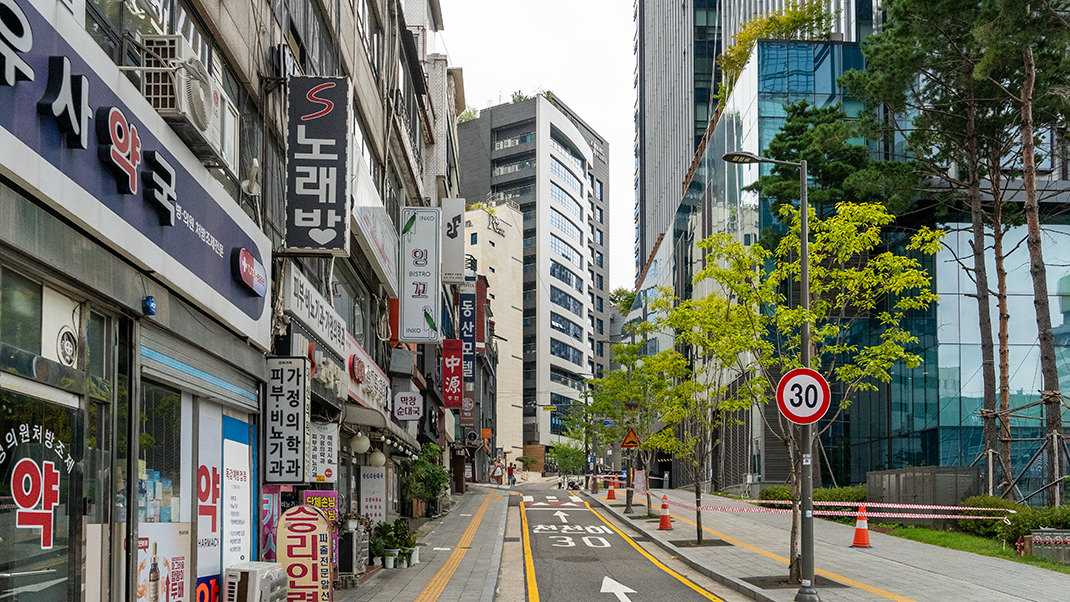
Seoul has many free Wi-Fi hotspots. You can connect without any authorization, although many public networks require you to watch ads periodically.
I activated roaming with my operator, and the cost of 1 GB of internet was about 20 dollars. A month after the trip, according to the app, internet packages can now be purchased much cheaper.

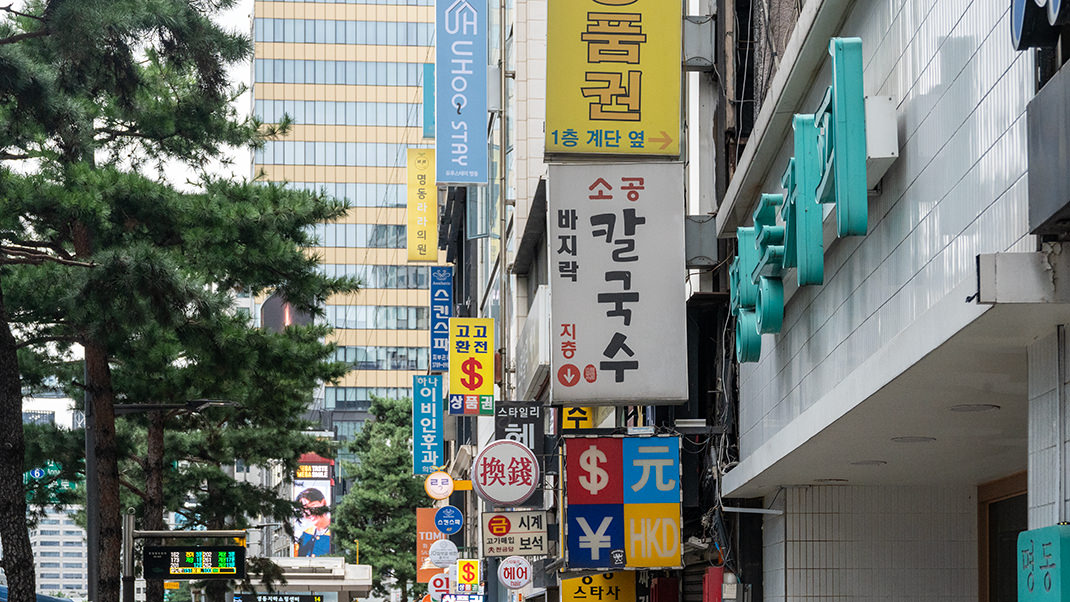
Accommodation
Seoul is a megacity that hosts a huge number of tourists every day. There are many hotels and apartment rental options. I rented an apartment through Airbnb, and everything went smoothly. A notable feature of Seoul apartments is the widespread use of electronic code locks and the presence of elevators that go directly to the subway station.
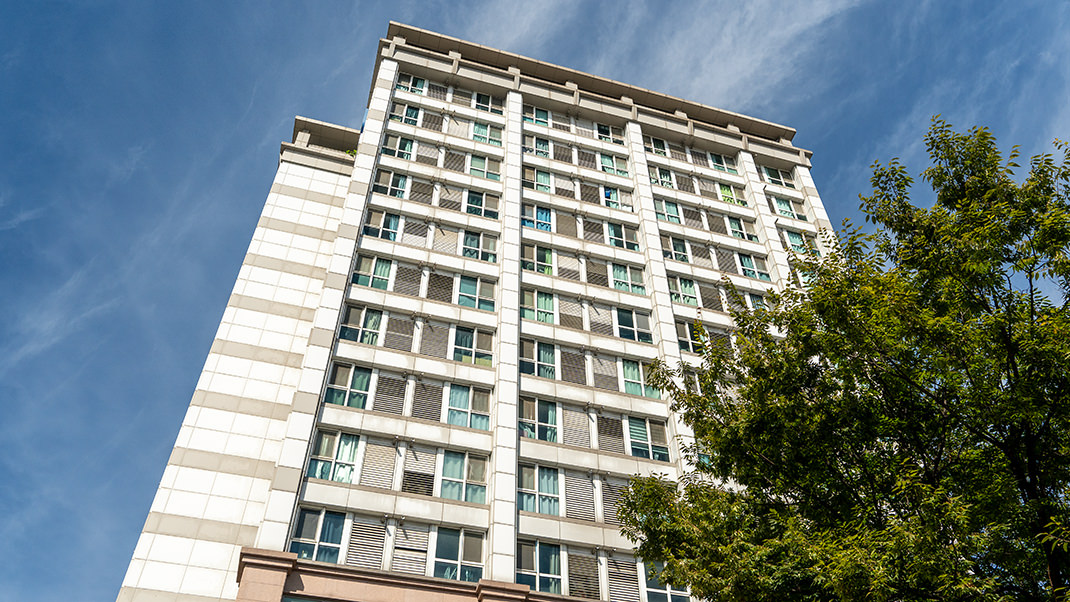
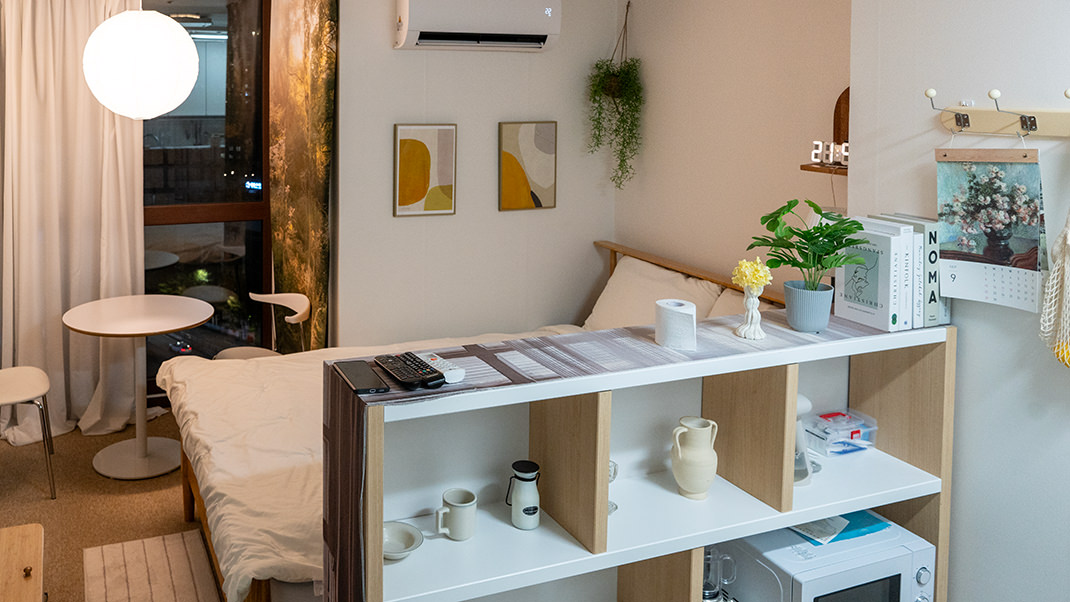

Transportation
Seoul has a well-developed subway system. The city’s population exceeds nine million, but I never encountered overcrowded cars. As far as I understand, the fare depends on the distance of the journey. I lived a few stations away from the city center, so my fare was usually 1,400 won, the base fare that is deducted when you go through the turnstile. There’s another turnstile at the subway exit, where an additional amount is deducted for long-distance trips.
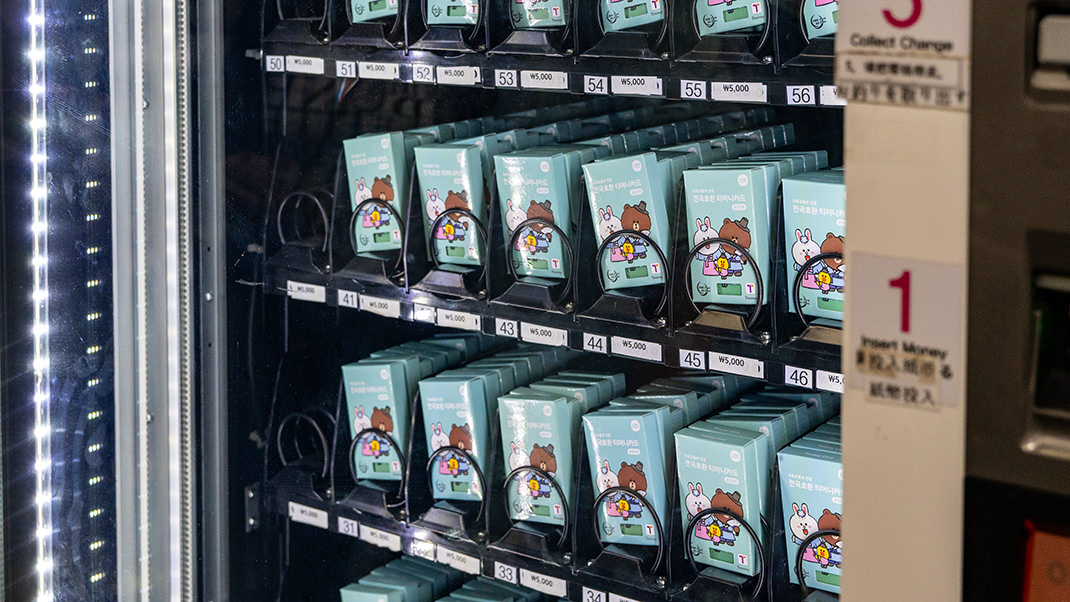
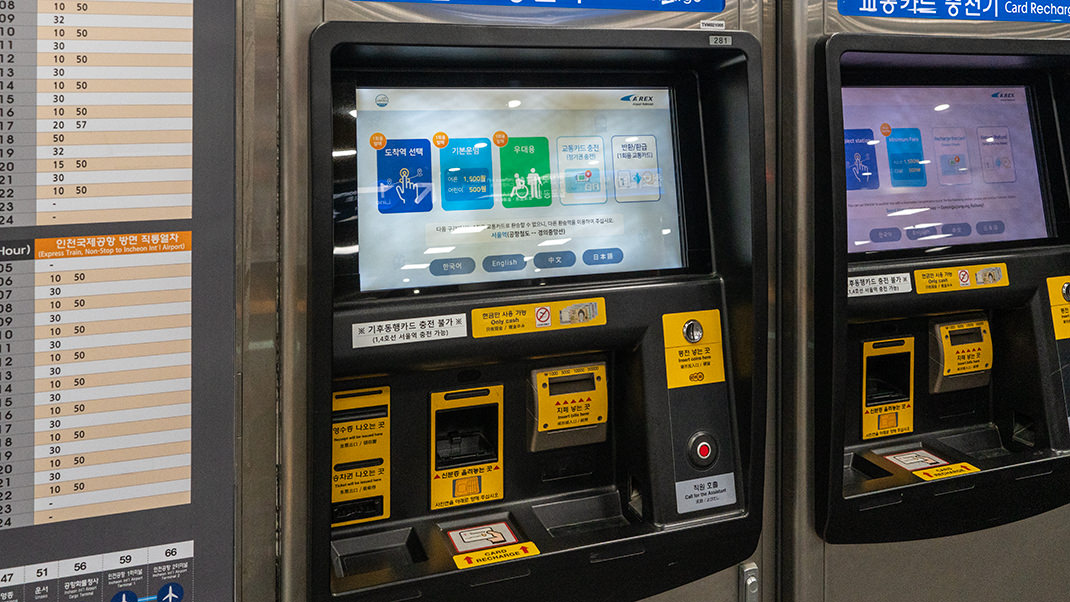
I used the Tmoney card for travel, which can be purchased at a special terminal for 5,000 won. The Subway app is convenient for planning routes on Seoul’s metro lines. It also provides train schedules and fare information.
For walking around the city, I used the Naver app. Google Maps does not offer walking routes for the streets of Seoul.
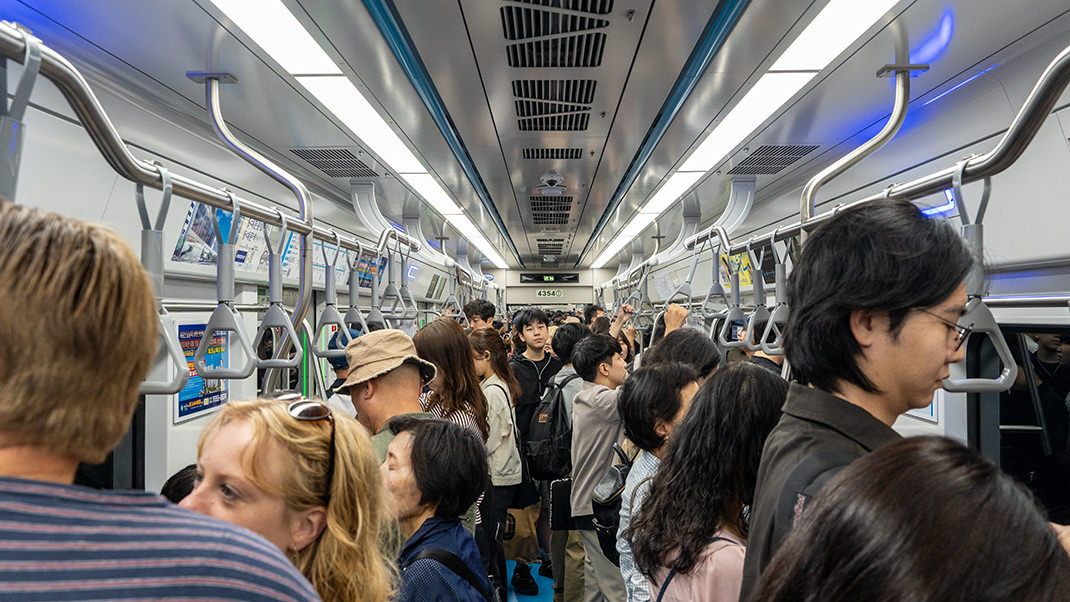
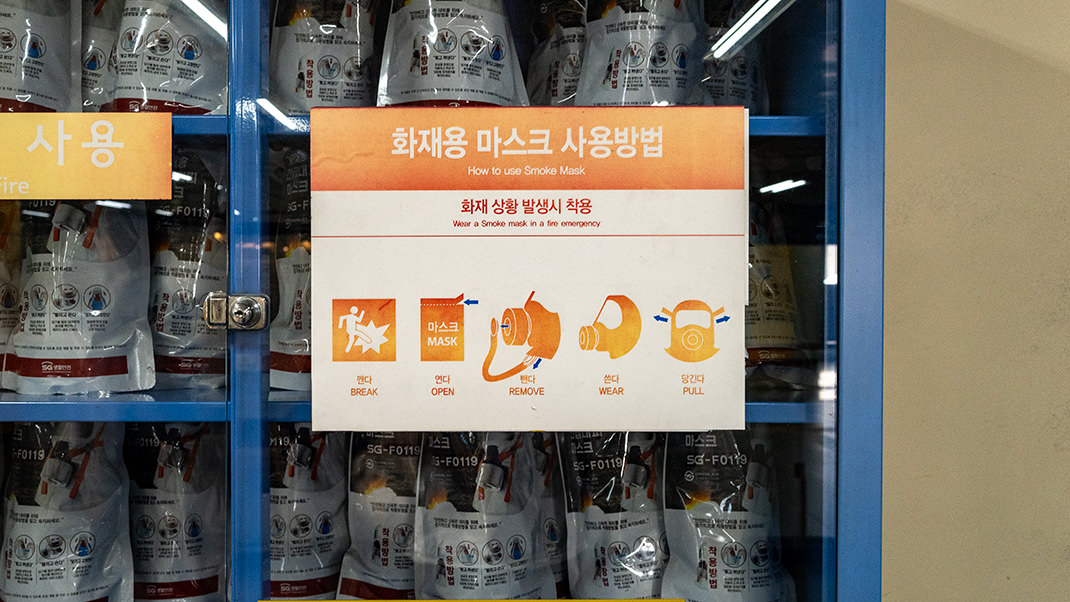
Uber operates in Seoul, but for my first trip here, the subway routes were sufficient as stations are located near most of the city’s popular attractions.
Korean Food
Many people I spoke to about this trip associate Korean cuisine with spicy seasonings, but I found that Thai food is much spicier. I recently came across information on a social network that Korean cuisine ranks only fifth in the world in terms of spiciness.
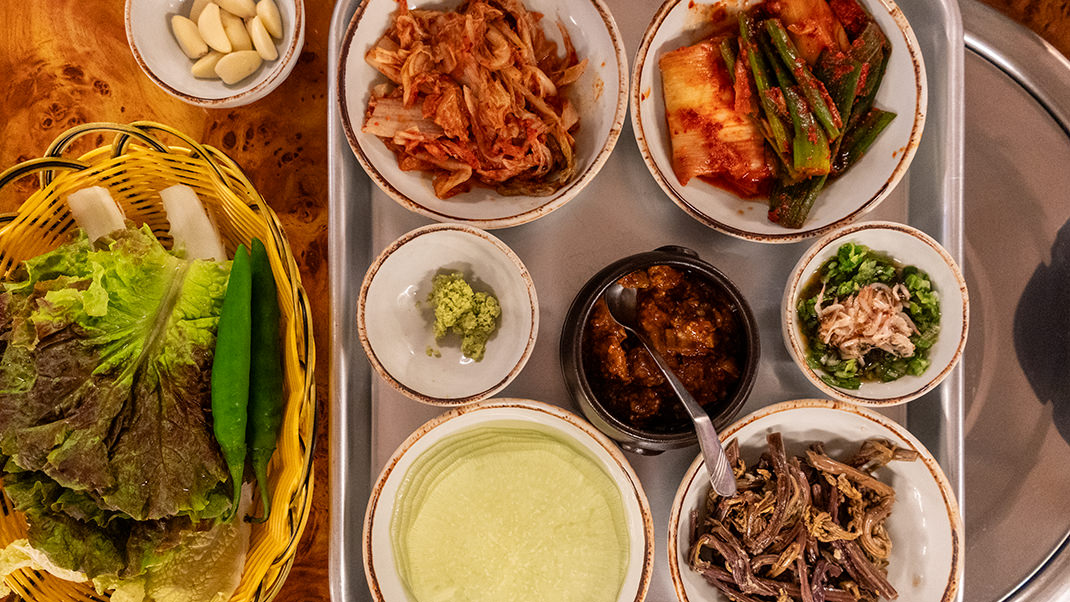
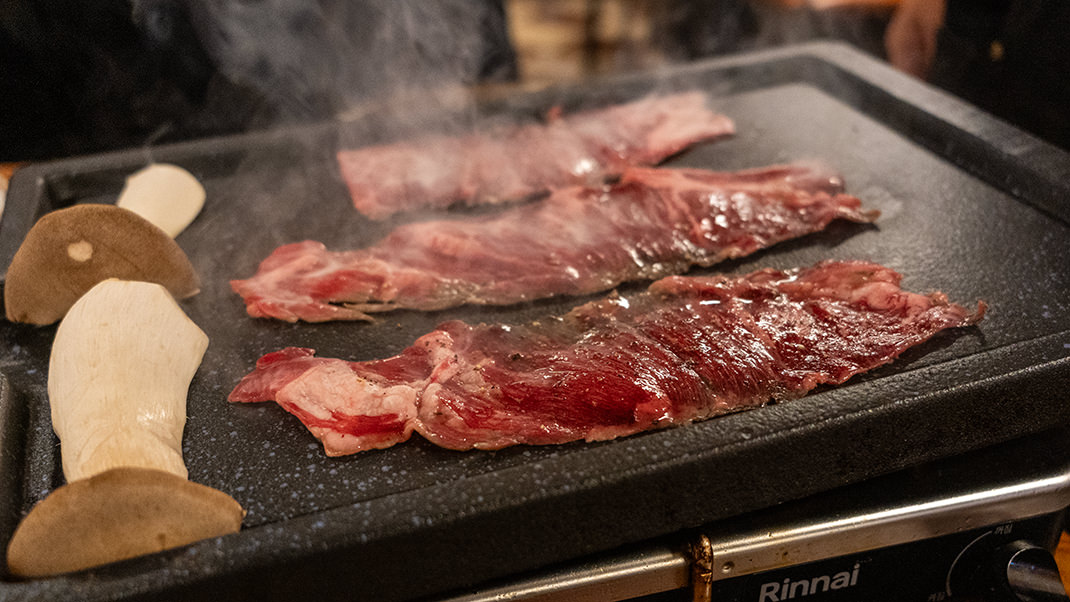
In Korean restaurants, you often find small stoves right on the tables. Meat is grilled, or soups are cooked on these stoves. According to friends who lived in Seoul, locals love to order large dishes for the whole group.
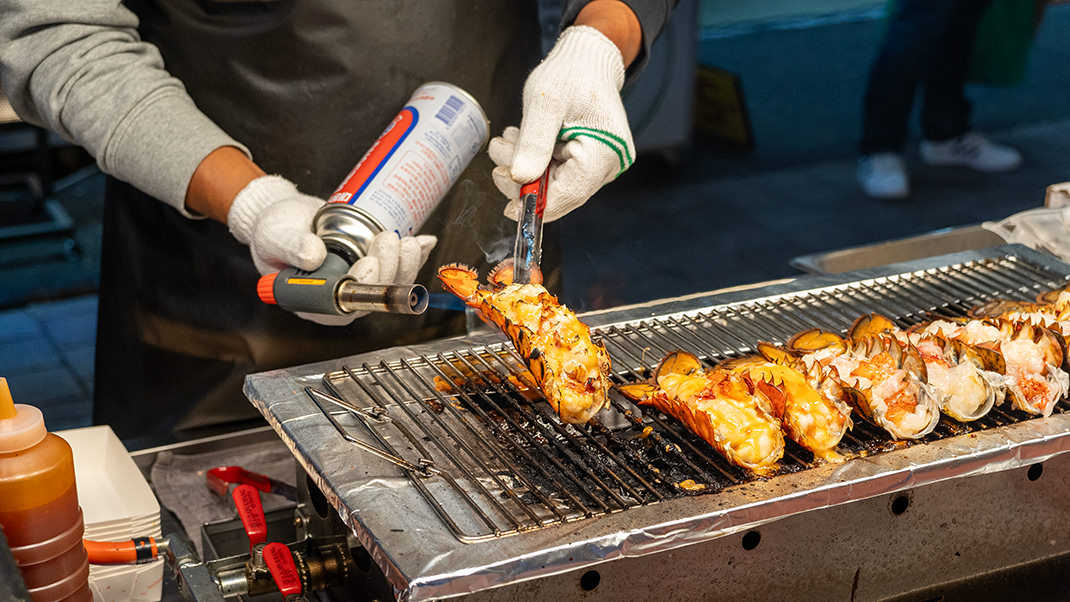
In most restaurants, free unlimited water and sets of kimchi and pickled vegetables are served. One peculiarity of dining in local eateries is that utensils and napkins are usually kept in a drawer in the table, which is not always obvious to newcomers.
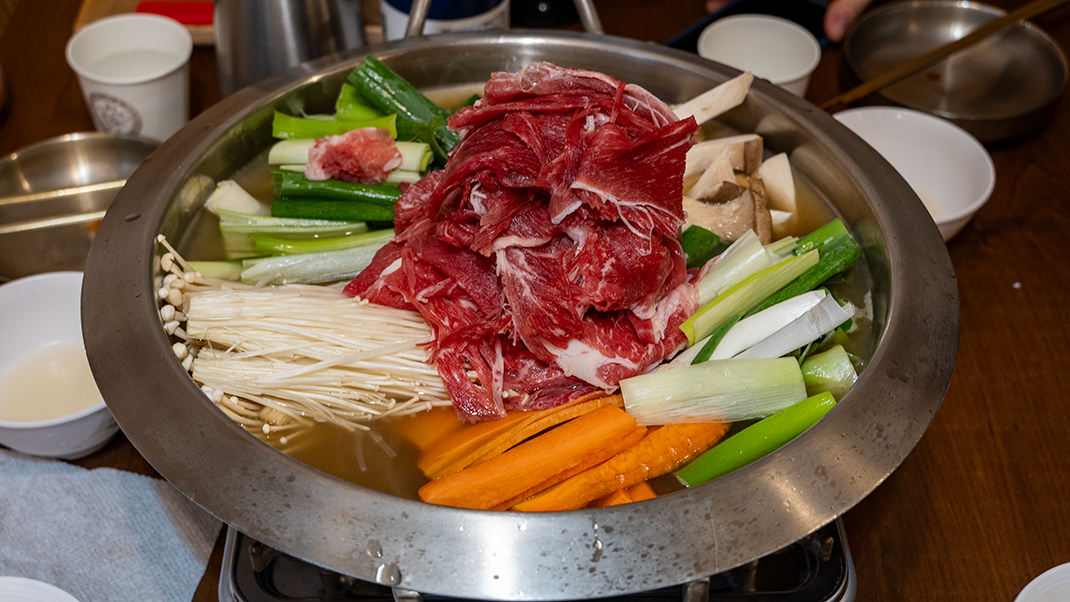
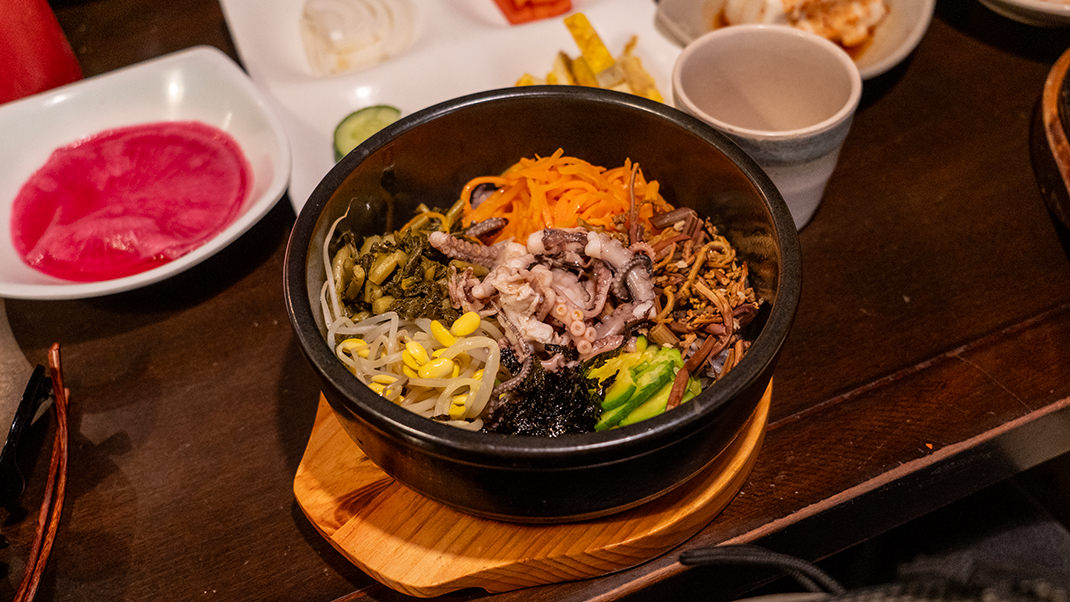
Interaction with Locals
Before my trip, I read that it might be difficult to communicate in Seoul without knowing the language. From my experience, many Koreans, even young ones, only know basic English phrases, and if you have a complicated request, they may not always understand you. However, today there are many online translators that can help in communication, and since most travelers’ questions tend to be similar, I didn’t encounter many communication issues.
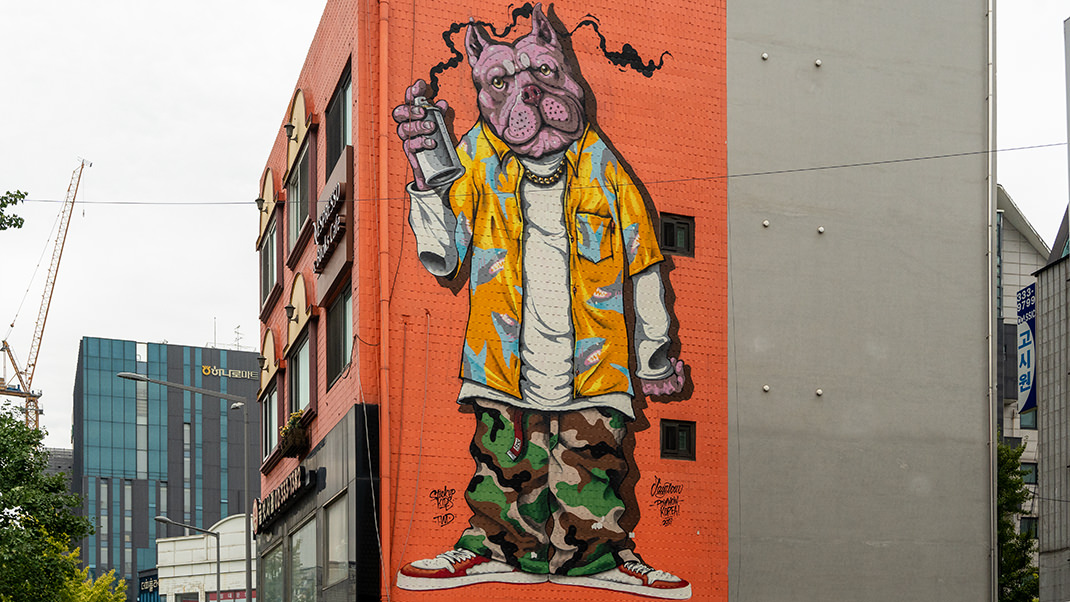
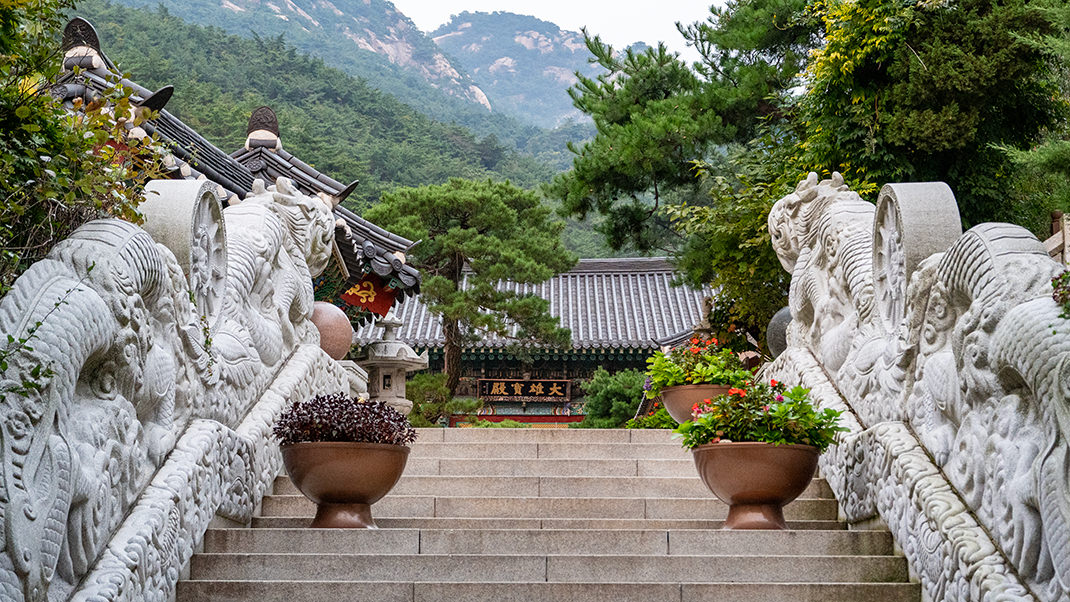
I also came across information that older Koreans are often condescending towards younger people. Maybe this doesn’t apply to tourists, but in a couple of situations, when I needed help finding a route, it was older locals who came to my aid, and they did so of their own initiative.
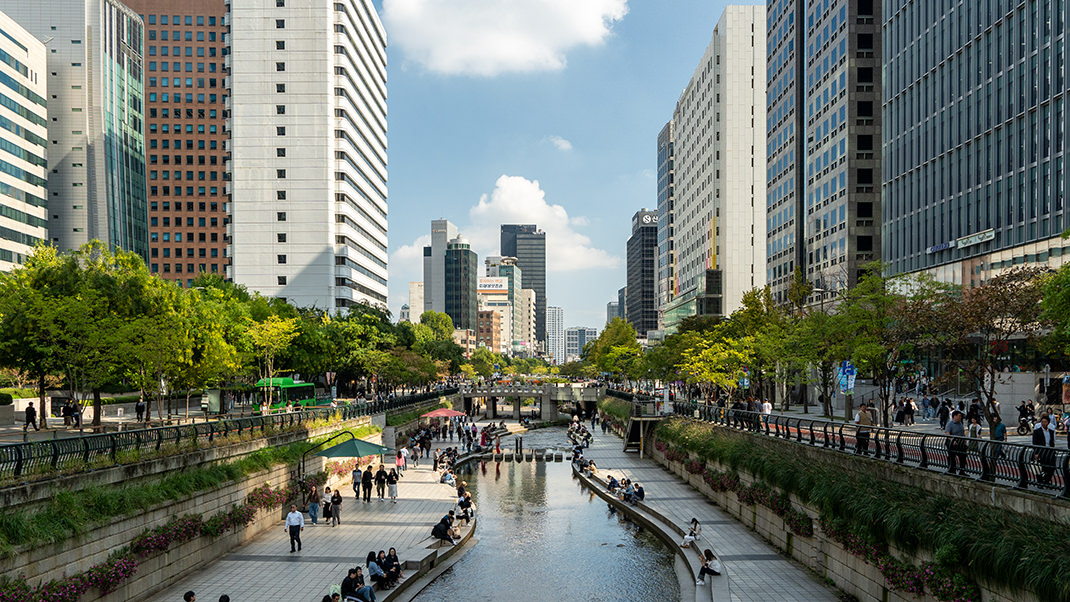

Attractions in Seoul
As with many other large cities in the world, it’s impossible to list all the attractions of ancient, vast Seoul. There are many palaces, museums, walking areas, and various sculptural compositions here. The entrance fees for palace complexes are usually low, and the city has many free tourist areas, so even budget travelers can find something interesting.
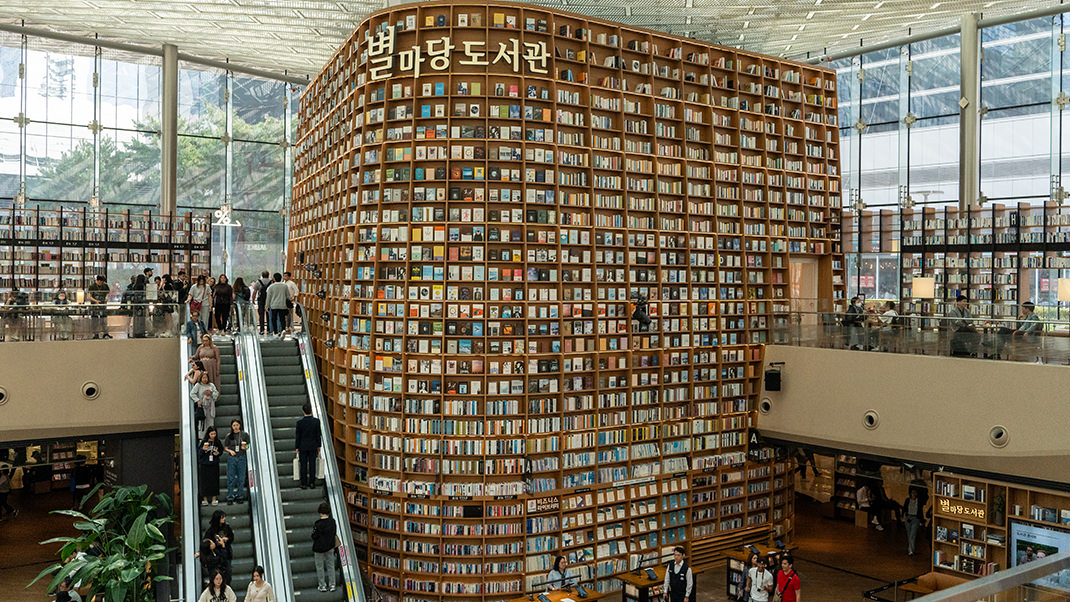
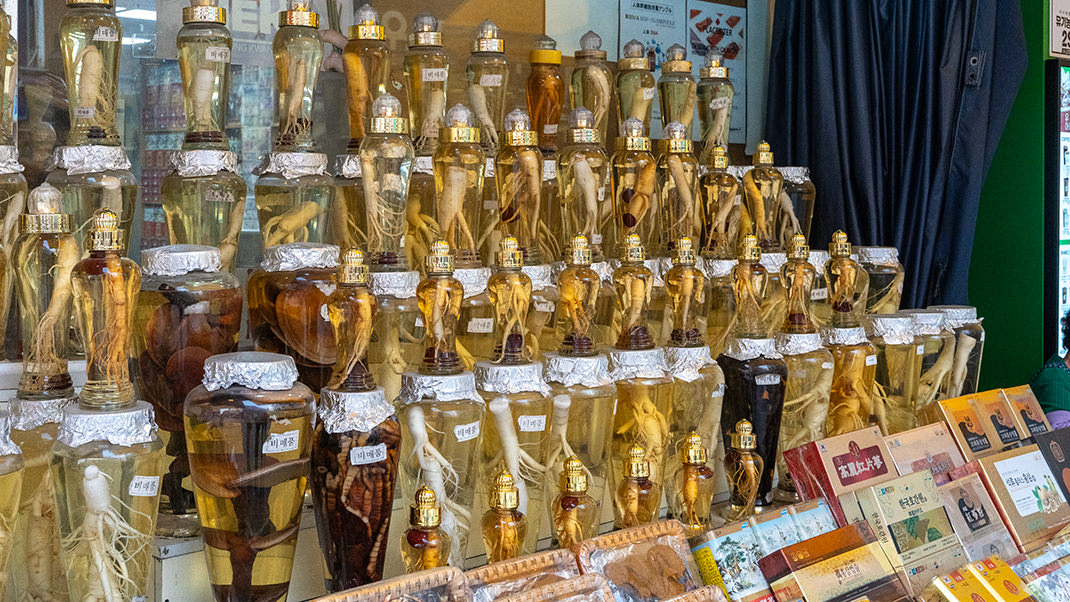
During my seven days in Seoul, I visited the Gyeongbokgung, Deoksugung, Changdeokgung, and Changgyeonggung Palace complexes, the Jongmyo Shrine, the National Museum of Modern Art, the Seoullo 7017 elevated walkway, the Myeongdong shopping street, Bukchon Folk Village, the Cheonggyecheon Stream, Dongdaemun Design Plaza, the traditional Hanok village on Namsan, the Leeum Art Gallery, and more. I also managed to climb to the Namsan Seoul Tower, take a walk in Olympic Park, see the Lotte World Tower, and visit the mountains of Bukhansan National Park.
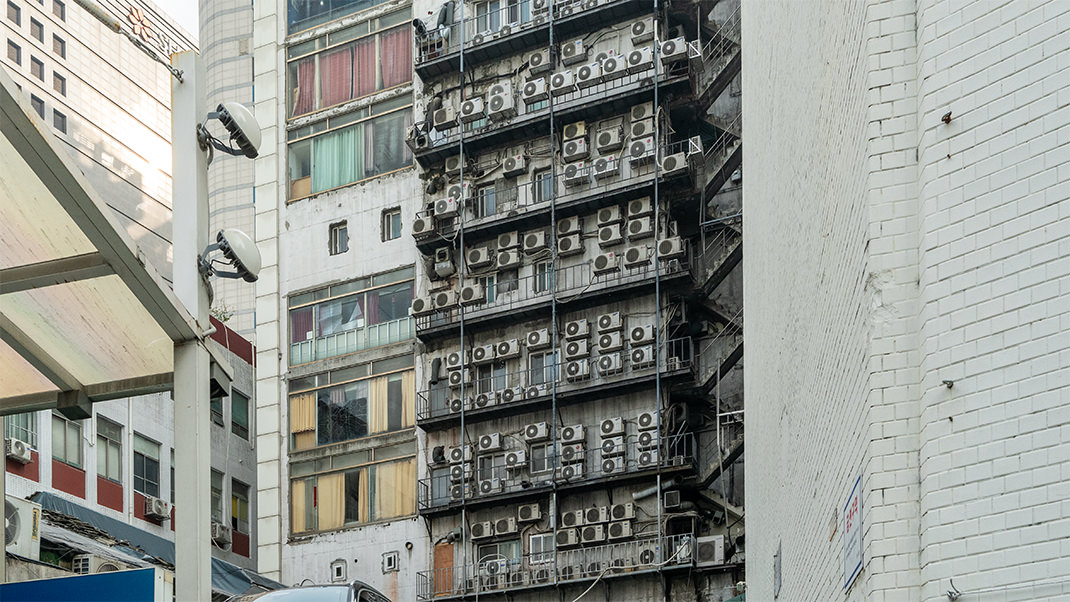
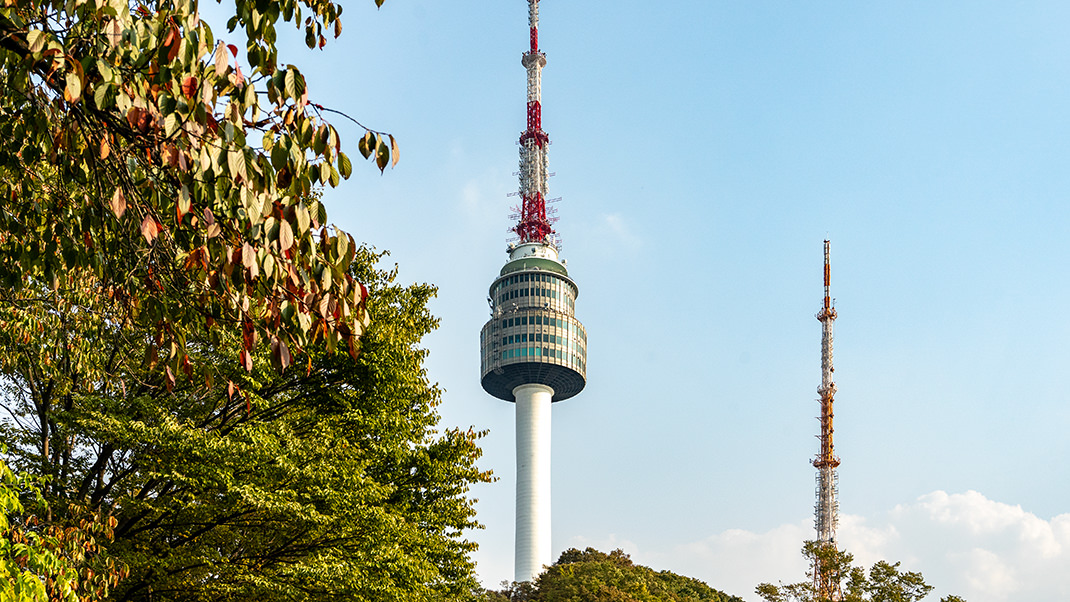
Seoul – Travel Budget for 7 Days (October 2024):
- K-ETA processing: about $7;
- Round-trip flight from Tashkent: $611;
- Airbnb apartment: $563;
- Subway and express train from the airport: about $34;
- Food: about $270;
- Attractions: about $20.
- Total: about $1,500.


